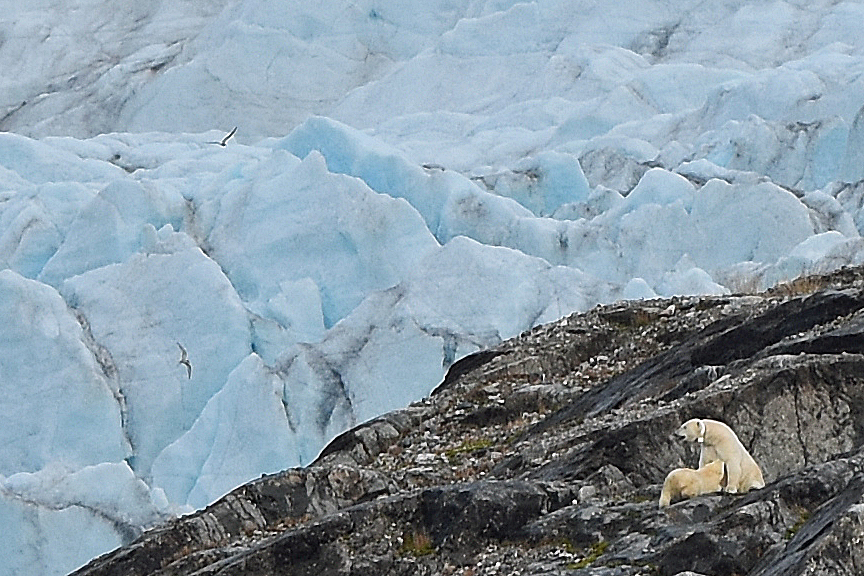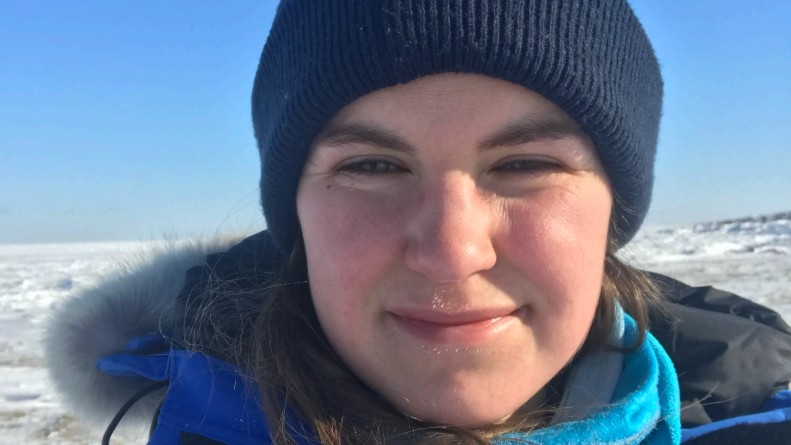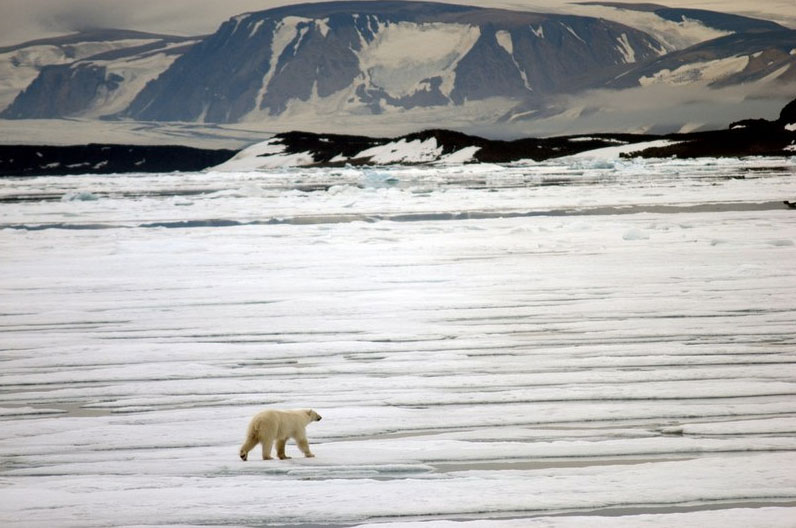New study reveals link between climate change and polar bear lactation
A new study out of Canada has revealed a link between climate change and polar bear lactation and raising future questions about the long-term impacts on cubs.

“It was something we thought might be happening, but it hadn’t really been shown yet,” Louise Archer, report author and Polar Bears International Postdoctoral Fellow at the University of Toronto Scarborough, told Eye on the Arctic in a phone interview.
“What was an interesting result of the study for myself and co-authors was we didn’t really know how important milk was during the fasting period for cubs and that it actually has a negative impact on cubs if their mum reduces the energy in her milk or stops lactating altogether.”
Historical samples provide the key
Polar bears use sea ice as a platform for hunting seal. When the ice melts, they move ashore. But as climate warming in the North reduces the sea ice extent, bears are spending more time on land.
To do the study, scientists from the University of Toronto, the U.S. Geological Survey, and Polar Bears International looked at polar bear milk samples dating from 1989 and 1994 that had been collected in Canada’s western Hudson Bay.
Their results found that when bears spend more time on the land fasting, their physical state declines and they provide milk with lower energy content or sometimes stop lactating altogether.
The lower-energy milk subsequently impacts the growth rate of cubs.
Sacrificing for cubs at lower body condition
Polar bear cubs have two age classifications: cubs-of-the-year that are less than a year old; and yearlings, cubs one to two years old.
The study revealed that a mother polar bear’s lactation was affected after spending approximately three months on land:
- the probability of a mother with cubs-of-the-year lactating was initially 53 per cent but decreased to as low as 35 per cent for females with yearlings
- in the case of mother bears still lactating and with one cub, the energy content of their milk decreased by 50 per cent after three months on land.
- for lactating females with two cubs, milk energy plummeted by more than 75 per cent
“Females with cubs-of-the-year seem to be more willing to sacrifice and continue on lactating at a lower body condition than females that had older cubs,” Archer said.
“It seems like it’s probably an important. source of energy for those younger, smaller cubs that don’t have their own fat reserves built up to support themselves at that point. Whereas the older cubs are getting closer to becoming independent so they might be more likely to be able to support themselves.”
Hudson Bay records
The western Hudson Bay polar bear population is one of more southern populations and experiences seasonal sea ice. It also means they’re experiencing the effects of climate warming and sea ice loss at sharper rates than populations elsewhere.
Archer said their accessibility means there’s already been studies of bears in the region providing vital historical data that can be compared to contemporary information.
“The Western Hudson Bay population has some of the best polar bear studies out there so it means you’ve got good data on what’s been happening in the population in the long term,” she said.
Archer says their findings published this month is just the beginning of better understanding climate change’s impacts on bear health in the region.
“If females are forced to reduce their investment in lactation, how will that impact the survival of cubs and then scale up to impact the overall population dynamics if we continue seeing sea ice loss in the future?” Archer said.
“Next I think is looking at integrating the relationships that we revealed in in this study and using those to get more insight into what the future of of polar bear populations might look like if we continue seeing sea ice loss from climate change.”
The full study can be read in the journal Marine Ecology Progress Series.
This story is posted on the Barents Observer as part of Eye on the Arctic, a collaborative partnership between public and private circumpolar media organizations.
Located in Kirkenes, Norway, just a few kilometres from the borders to Russia and Finland, the Barents Observer is dedicated to cross-border journalism in Scandinavia, Russia and the wider Arctic.
As a non-profit stock company that is fully owned by its reporters, its editorial decisions are free of regional, national or private-sector influence. It has been a partner to ABJ and its predecessors since 2016.
You can read the original here.


